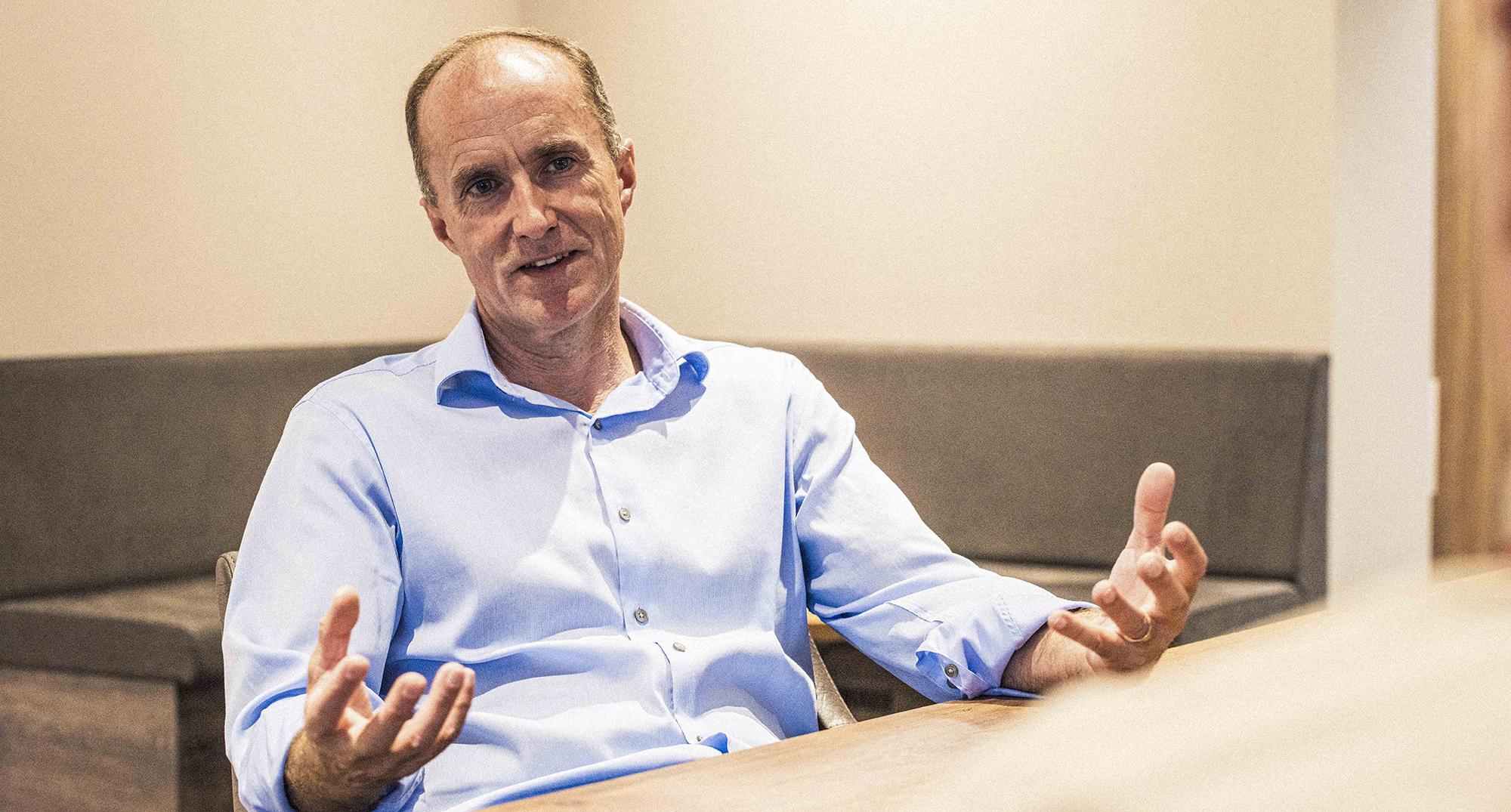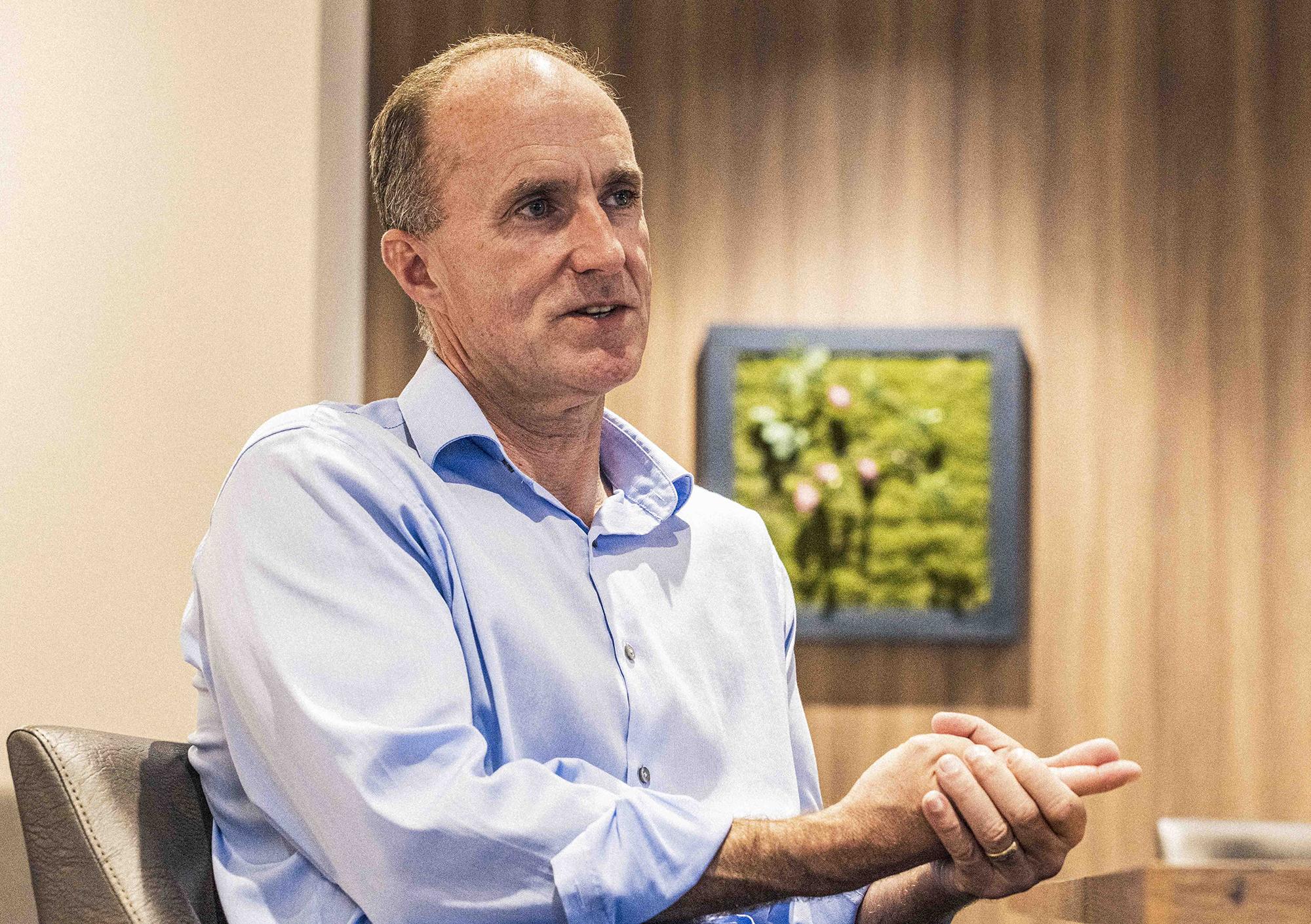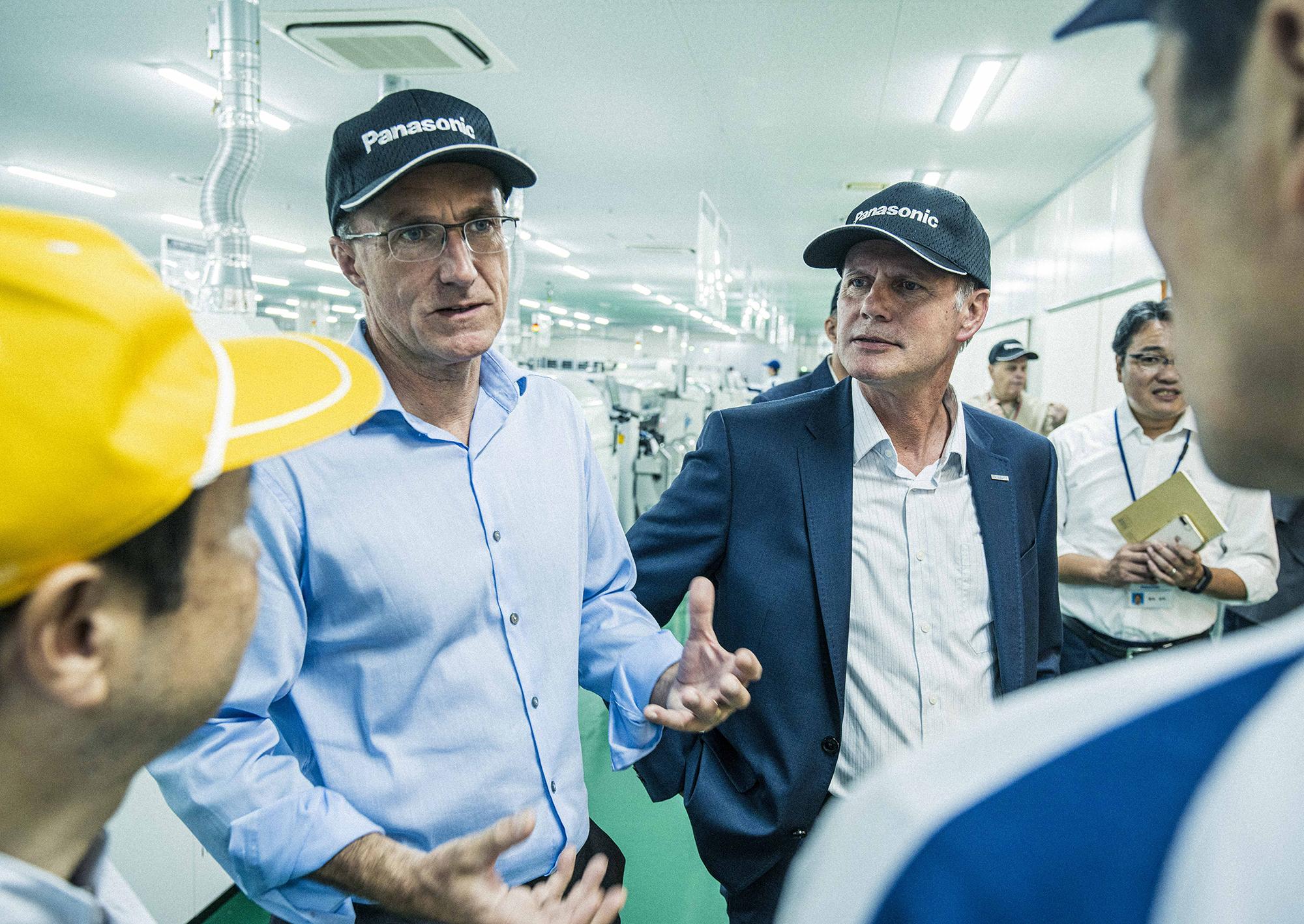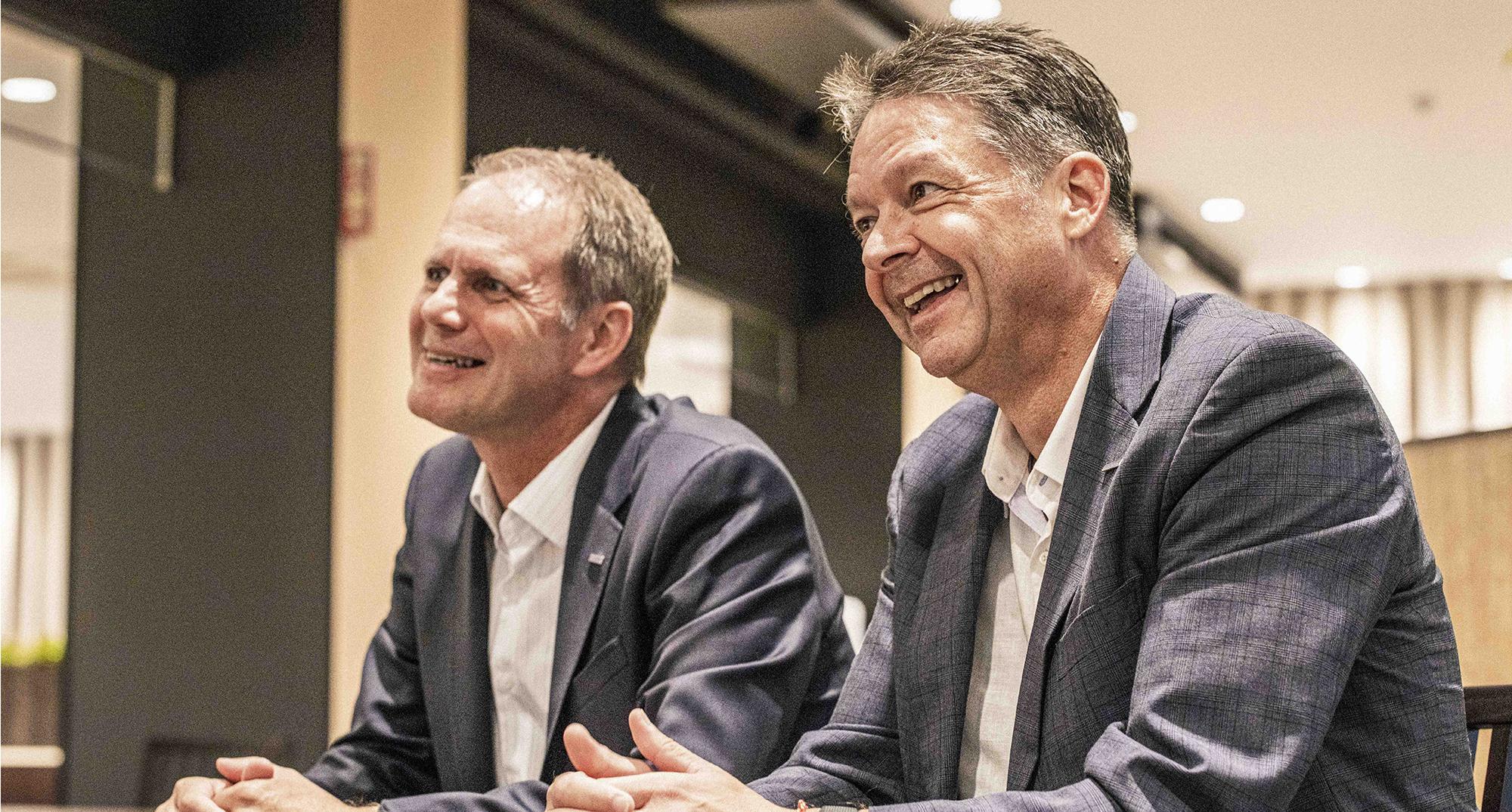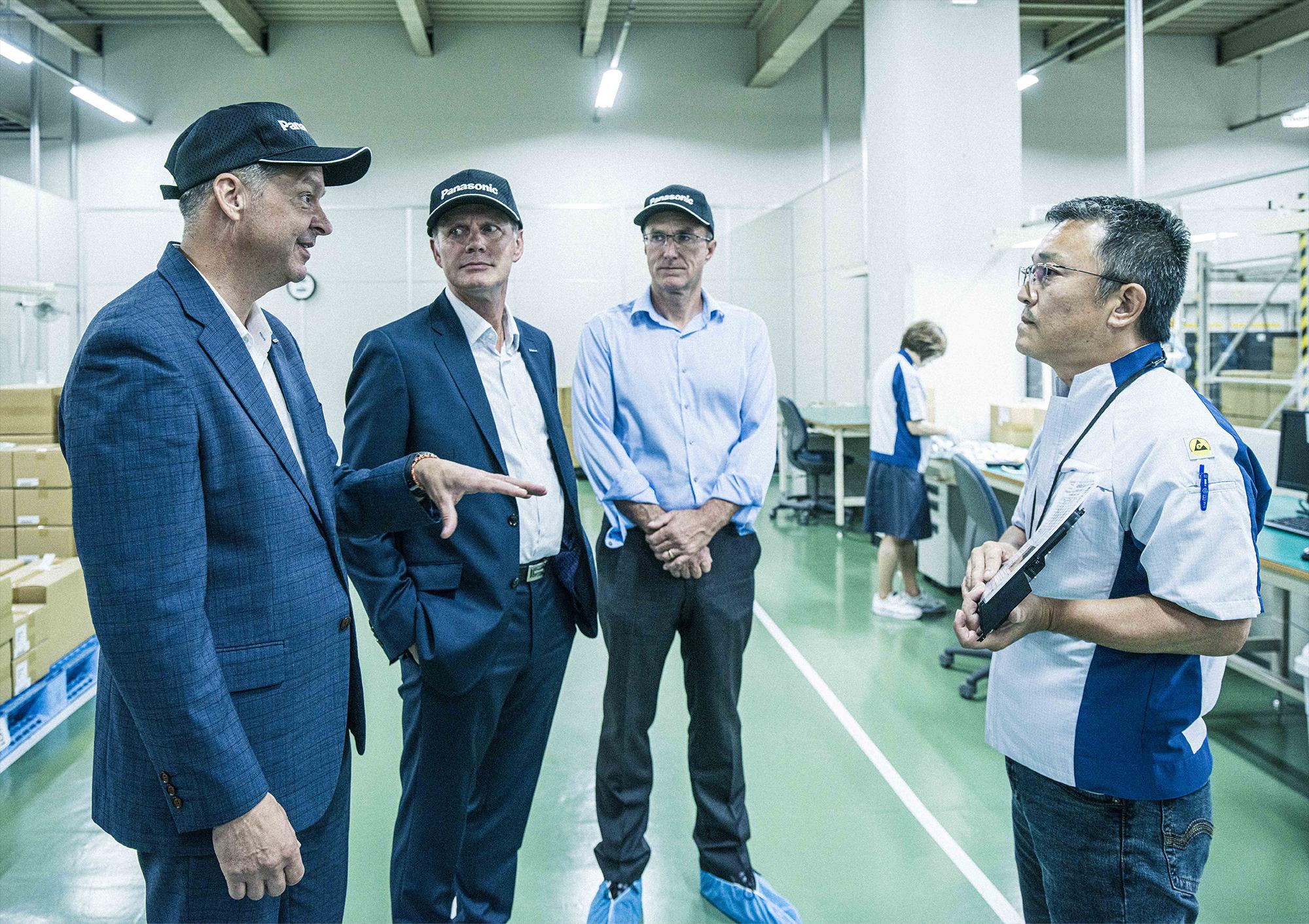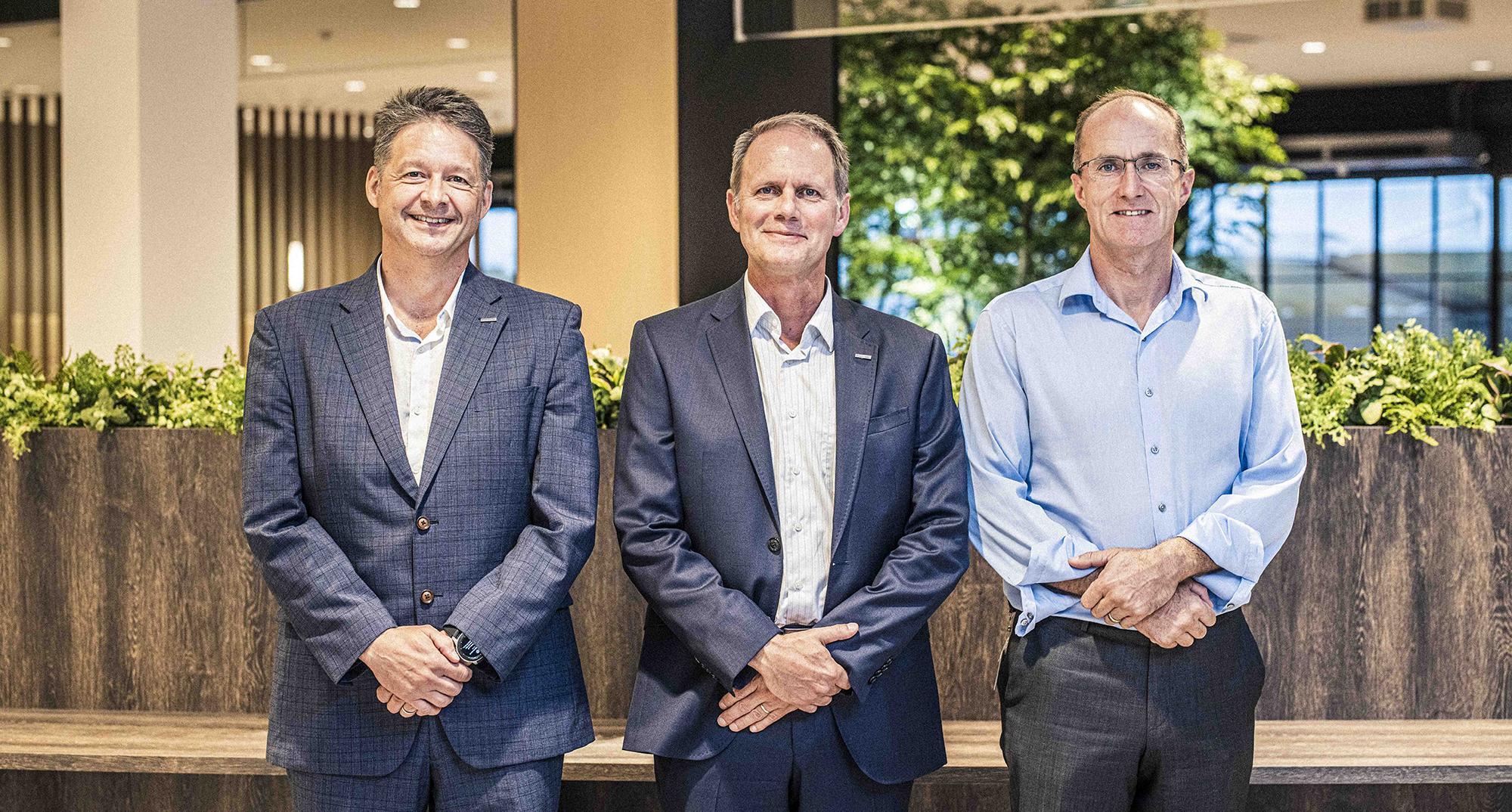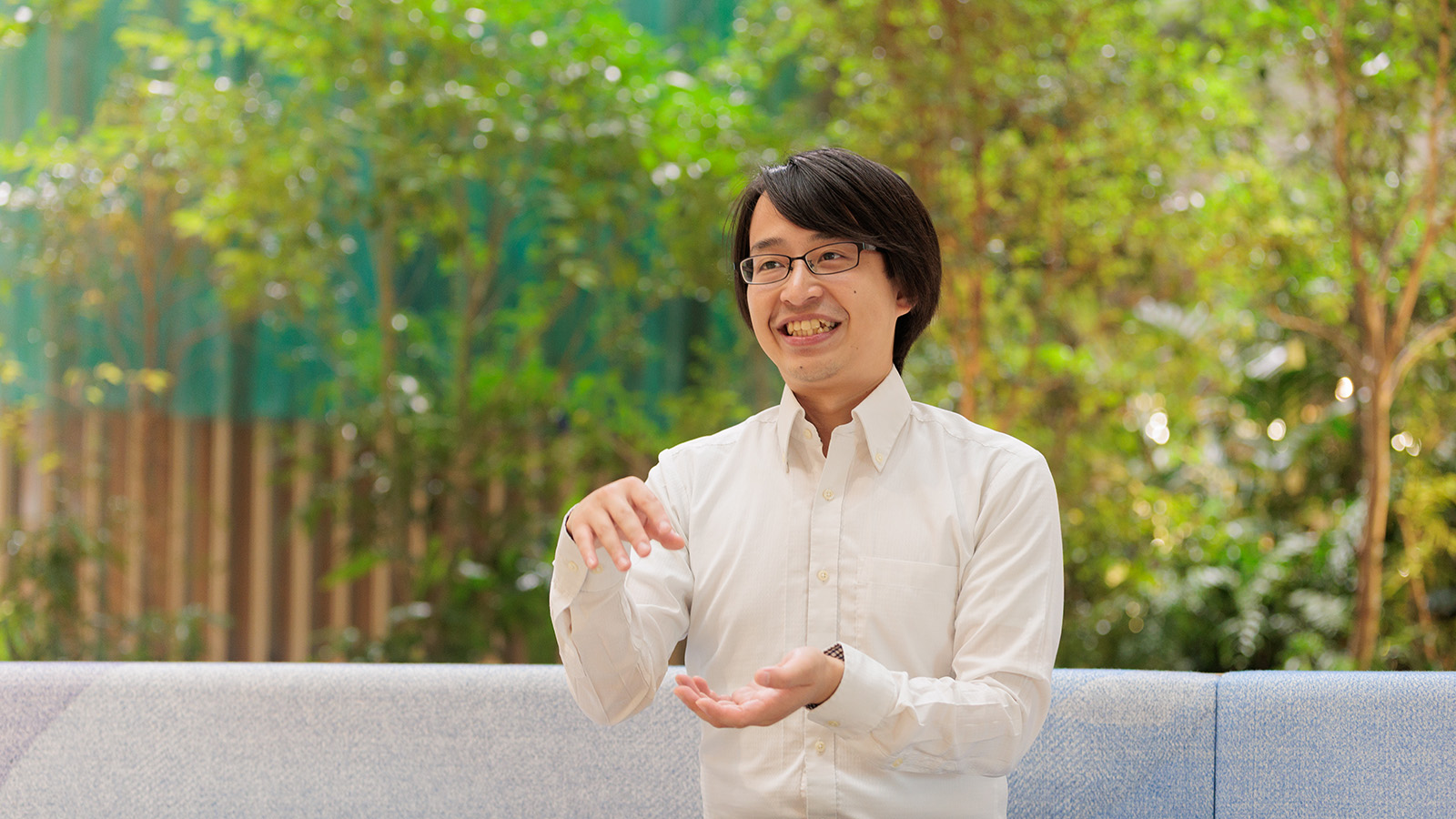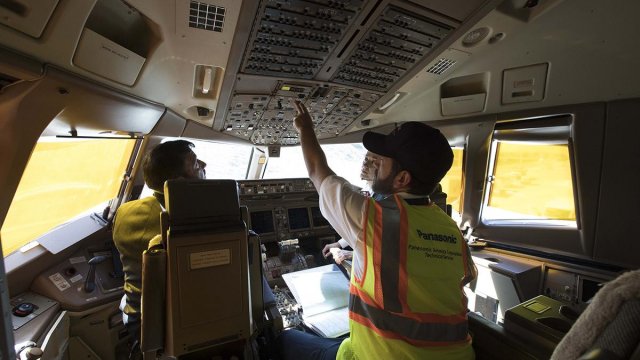
Panasonic Avionics Corporation (PAC) was launched in 1979 as a supplier of embedded in-flight entertainment (IFE) systems to the commercial aviation industry. As with any equipment OEM, our support activities consisted of ensuring that the products we delivered met all specifications, providing new spare parts and repairs, and carrying out software and hardware mod campaigns to address product deficiencies and upgrades. As IFE became a differentiator for airlines and Panasonic cemented its position as the world's leading IFE supplier, we expanded our support activities to include aircraft system maintenance. In 1997, we began supplying long-term turnkey support services to airlines, performing all activities necessary to guarantee operational viability for a fixed recurring fee.
Panasonic Technical Services (PTS)
In 2009, Panasonic Avionics became a supplier of satellite communications systems. IFE became IFEC--in-flight entertainment and communications--and our support programs grew in complexity. The technical challenges of consistently delivering reliable connectivity to the passenger are immense. Technology is changing and the infrastructure is complex, often not under our direct control, and must be maintained in an integrated, interdependent and price-sensitive environment. Coordination and planning between PAC, our suppliers and our customers is key: execution must be synchronized and efficient at all times. Our digital services portfolio has also grown. Passengers expect ease of use, convenience and seamless availability.
Panasonic Technical Services (PTS) operations are now spread out over 65 permanent line maintenance stations (airports), 8 repair bases and various HQ technical support and logistics facilities, with around 1,700 staff worldwide. We have achieved major growth over the past decade, and plan to expand our capabilities and scope to meet all IFEC/digital services challenges and address related opportunities in the cabin and aircraft maintenance areas.
Talk 1: From AV supplier to all-around avionics master handling thousands of planes worldwide
Q1: Please tell us how Panasonic got into the avionics business back in 1979, and how you've built strong bonds and trusted relationships with your customers.
Airlines wanted to offer passengers video and audio, and of course, Panasonic is very strong in audiovisual. Initially, we were purely an equipment supplier and dealt with aftermarket repairs, warranty claims and return material authorization. In the late-nineties, we went into aftermarket support in a bigger way and began to service equipment on aircraft as well as in repair shops.
Customers may sign up for 5, 10 or even 15 years, which encouraged us to create solid, long-term support plans, get the right global infrastructure in place, and obtain the necessary approvals from national aviation authorities worldwide.
An aircraft is a collection of subsystems, and after propulsion the second most expensive can be embedded IFEC. The total cost of ownership is a combination of acquisition, maintenance and repair, content licensing and upgrade costs. System configurations are networks of many individual units designed so that every passenger can access the vast range of entertainment and services we provide. Every passenger expects perfection, the latest content, compatibility with connected devices and so on. Disruptions can result from hardware failures, software failures, passengers damaging something, or equipment installation problems.
Our ability to quickly, consistently and professionally rectify any issues that arise is critical to the success of all IFEC and digital services products. Simplifying the support challenge for our customers and allowing them to focus on their core airline business is invaluable. In the end, consistent results build trust. That's why in the last twelve years our technical services business has tripled in size.
Q2: What is your competitive advantage today?
Two big differentiators are our scale in terms of global reach and our approvals from the National Aviation Authorities of many, many countries. These differentiators position us to quickly tailor support programs to meet any customer's needs. In addition, the vast majority of work PTS performs is on equipment that Panasonic produces. As the OEM, we have a vast wealth of knowledge and resources--from engineering to supply chain--we can quickly apply to field issues.
The airline community is a pretty tight-knit community and niche industry. People move between airlines and airlines talk to each other. We employ qualified, motivated staff who get these operations going in an entrepreneurial fashion, recognize what customers want and provide a high-quality service, both on the technical aspects and how they conduct themselves when dealing with difficult situations. On the supply side, it is critical that we have parts, software and content available wherever they are needed. Our Supply Chain Operations group forecasts demand for hardware and works with repair shops and the production team to proactively meet any need.
We have about 40 long-term contracts with customers and maintain about 3,000 aircraft regularly, making over 500,000 contracted aircraft maintenance visits each year. Our repair organization repairs around 180,000 individual units removed from aircraft annually.
Q3: Do you service customers that have their own technical capabilities?
Yes. One major European airline, for example, did their own IFE systems maintenance for a while with mixed results, so they came to us and entered into a long-term agreement. Every airline has options. They can choose from in-house support, contracting with a third-party maintenance and repair organization or MRO, working with PTS or any combination of the three. This is a very competitive environment, so our approach is always to construct programs that offer the customer superior value. Negotiations can take a long time. For example, it took us about two years to negotiate a major contract with one major U.S. airline. Now we do a lot of work that they once handled in-house.
Q4: What's coming up in IFEC, and what are your plans for the next decade?
Panasonic now has four revenue streams: IFEC equipment, connectivity, software & applications that run on the equipment we or others provide (PaaS & SaaS)--and our aftermarket technical services (PTS). Our portfolio continues to shift from that of a traditional OEM that builds and maintains equipment to one where we're essentially half OEM and half service company. As a services company we are embedding ourselves in our customers' operational environments.
One opportunity for our PTS business is to expand scope to cover other types of cabin equipment. There are now more electronics in the cabin: seats, lighting, galleys, toilets and so on. With maintenance requirements are much like those for IFEC maintenance.
Technical services growth will come from supporting products that Panasonic delivers, along with growth in cabin maintenance and in full aircraft maintenance. There's a huge opportunity in front of us, and we're uniquely positioned in this market to pursue it.
Talk 2: Ensuring that passengers are entertained and connected in flight
Q1: Looking back on the history of PTS, what have been some of the turning points for the business?
De Traversay: It's difficult to pinpoint specific turning points, since we've achieved continuous growth over the years. What has been key for us, though, is to secure maintenance agreements with some of the major airlines, and then successfully extend these agreements. In some instances we've also taken on new aircraft added to already massive fleets. When these airlines--some of them with very established in-house maintenance organizations--stick with us for the support of their IFEC systems, it means we're doing something right and that they see significant value in our services.
Smith: The growth curve of PAC and PTS has been phenomenal. When Sean Gavin came aboard in 2007, we focused on maintaining our growth while offering our airline customers new and desired services. Airline maintenance has seen dramatic changes over the past two decades. By offering customers solutions to help meet those changing needs, we've become known as a brand with unique and valuable solutions.
Q2: How have you maintained a seat availability of 99.5 percent or more?
De Traversay: An aircraft full of passengers using the systems is a very demanding environment. Primary credit goes to Panasonic as an OEM for product quality and reliability. Panasonic has been working very hard over the years to continuously improve product quality through more stringent design and a lot of reliability testing built into the development and production processes.
On the maintenance side, you need a solid infrastructure that attracts people with the right training and accreditation, along with the right serviceable parts and current documentation to support the aircraft. Doing that around the clock at multiple stations worldwide--in compliance with all the regulatory requirements--and developing and maintaining a network of stations, supply chain and training and quality systems takes boundless expertise and relentless work. You also need to devise and execute solid maintenance programs with clear scopes of work, and review and update them on a regular basis. The goal is to optimize resource use, switching from reactive to proactive maintenance, for instance, and offer better commercial conditions while maintaining a stellar level of service and system performance.
Smith: We want to find problems before the customer does. This is proactive maintenance. Our people are very highly trained and know the system inside and out. By analyzing performance data, they can often identify latent issues and correct them before there's a hard failure that affects the system. When we on-board new staff, I ask them to imagine that they are the passenger sitting in that seat for a flight of twelve hours or longer.
Q3: How do you manage to handle advanced analysis and debugging and so on for 8,000 components of 250 types?
Smith: Every member of our technical and field staff goes through extensive and continuous training so they stay proficient with our systems. Learning in our field of work is a never-ending process. We also have deployed tools--tablets--and software systems, so our people have instant access to the latest technical documents even as they work on the aircraft.
De Traversay: We've developed a technical advisory service to support our aircraft maintenance technicians that is also available to carriers that prefer to maintain their aircraft themselves. In a nutshell, the service monitors the health of each aircraft and recommends maintenance actions to the maintenance teams. They can assist directly on the aircraft with the troubleshooting of more complex issues. We also have a Technical Services team based in California that provides the next level of escalation. In addition, the service provides training and publications and develops tools and procedures to make things easier and more consistent for all our people at stations worldwide.
Q4: PTS is a massive operation. How do you keep everybody aligned and focused?
De Traversay: Yes, we need to work hard at this constantly, because it's essential to customer satisfaction and overall success. In addition to the infrastructure and processes mentioned previously, we have regular meetings to keep everyone in sync. Some are more operational in nature, reviewing day-to-day issues and making quick decisions to keep things moving. We also have monthly program reviews to assess the overall performance, financial health and customer satisfaction of each program. All teams in the organization attend those, keeping us all aligned and focused.
Smith: Like any effective operation, it starts at the top. Sean's leadership is truly rock-solid. He empowers everybody in our organization by giving us the tools and resources we need to do our jobs and the mandate to go out and do it. It's not hard to achieve alignment and stay focused on task at hand with that type of incentive and leadership.
De Traversay: Sean is extremely respected in the organization, and he earns that respect every day. He drives engagement, accountability and attention to quality and result for the customer throughout the team.
Q5: What does the future hold for PTS?
De Traversay: Panasonic Avionics is going through a digital transformation, so there will also be a need for us to adapt and support a number of "new" services such as PaaS and SaaS, as well as preparing for the growing use of predictive maintenance and AI.
Smith: PTS will continue to be world leaders in IFE and GCS maintenance as that market matures and morphs. Additionally, with our global footprint being extensive and our highly experienced staff in the field, we offer a truly unique and valuable maintenance solution in all aspects of aircraft maintenance.
PTS crews at service bases around the globe work hard to ensure that every passenger has an entertaining flight.
# # #
- Disclaimer:
- We would like to note that Panasonic Newsroom is not a place to address personal Customer Service issues. Even though this is not the forum, Panasonic is always eager to resolve your concerns. Our local customer services contacts can be found at Global Support or you can see our list of Social Media Accounts to find the right channel for your queries and concerns.

